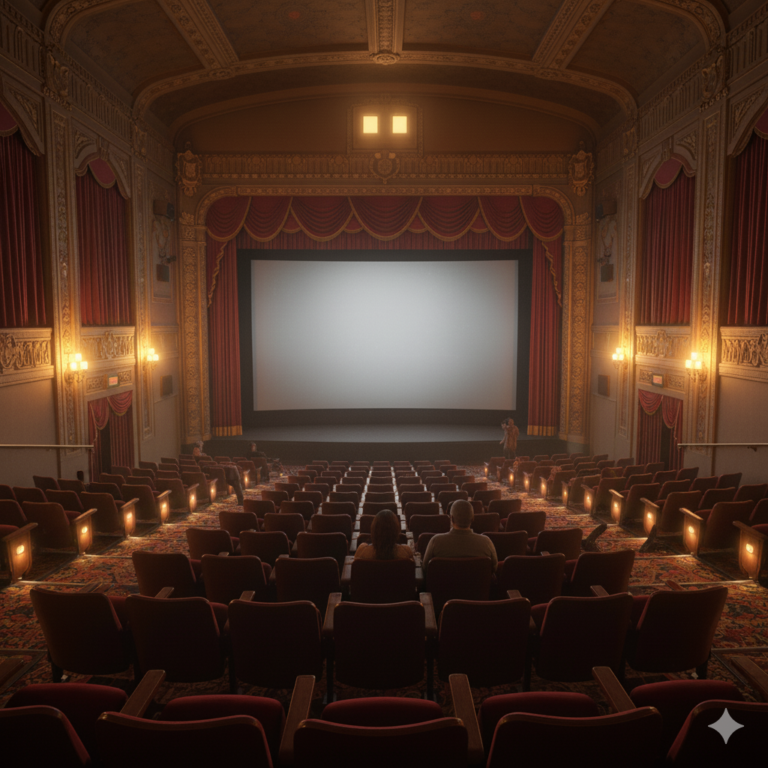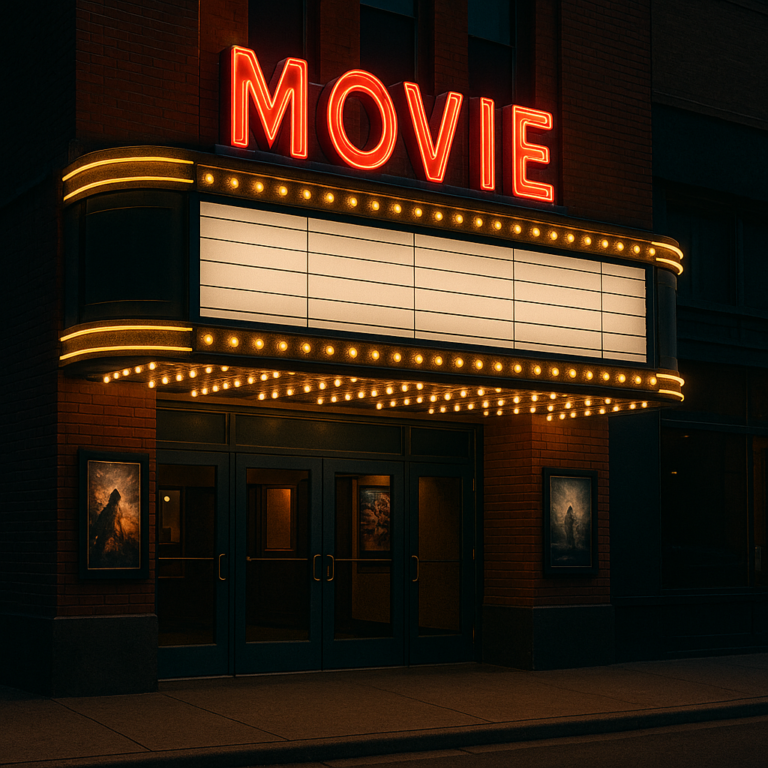### Cinematic Techniques Explained: A Beginner’s Guide
When you watch a movie, you might wonder how the filmmakers created such an engaging and visually stunning experience. The answer lies in a variety of cinematic techniques that bring the story to life. In this article, we’ll break down some of the key techniques to help you understand and appreciate the art of filmmaking.
#### 1. **Mise-en-Scène**
Mise-en-scène refers to everything you see within the frame of the shot. This includes:
– **Lighting**: How a scene is lit can greatly affect the mood and atmosphere. For example, bright lights can make a scene feel more energetic, while dim lights can create a more intimate setting.
– **Setting**: The location and décor of a scene can set the tone and context. A bustling city street or a quiet forest can instantly transport you to different worlds.
– **Props**: Objects with significance can add depth to a scene. A character’s favorite book or a mysterious artifact can reveal character traits or hint at plot twists.
– **Costumes and Makeup**: The way characters dress and look can tell a lot about their personalities and roles in the story. Think of iconic characters like Superman or Wonder Woman, whose costumes are instantly recognizable.
– **Actor Movement and Blocking**: The way actors move and are positioned in a scene can convey emotions and actions. Blocking refers to the choreography of actors’ movements, which can make a scene feel more natural or dramatic.
#### 2. **Cinematography**
Cinematography is the technical aspect of filmmaking that involves the camera. Here are some key elements:
– **Camera Angles**: The angle from which the camera is shot can change how we perceive the scene. For example, a low-angle shot can make a character appear powerful, while a high-angle shot can make them seem vulnerable.
– **Shot Types**: Different types of shots, such as close-ups, wide shots, and long takes, can focus our attention on specific parts of the scene. Close-ups can emphasize emotions, while wide shots can show the entire environment.
– **Camera Movement**: Panning, zooming, and tracking shots can add dynamism to a scene. Panning involves moving the camera horizontally, while zooming involves changing the focal length. Tracking shots involve moving the camera along with the subject.
– **Focus**: What’s sharp and what’s blurry can guide our attention. A shallow depth of field (where only the subject is in focus) can create a sense of intimacy, while a deep depth of field (where everything is in focus) can show more of the environment.
#### 3. **Editing**
Editing is the process of assembling shots to create a cohesive narrative. Here are some key elements:
– **Types of Cuts**: Different types of cuts, such as fades, jump cuts, and dissolves, can transition between scenes smoothly. Fades involve gradually changing from one scene to another, while jump cuts involve sudden transitions.
– **Rhythm and Pacing**: The rhythm and pacing of editing can control how fast or slow the story unfolds. Quick cuts can create a fast-paced action scene, while slow cuts can build tension.
– **Montage**: Montage involves stringing shots together to create meaning. This technique is often used to show a character’s journey or to convey time passing.
#### 4. **Sound**
Sound is an essential part of filmmaking, as it complements the visuals and enhances the emotional impact. Here are some key elements:
– **Dialogue**: The way characters speak can reveal their personalities and relationships. Dialogue can be natural and spontaneous or scripted and rehearsed.
– **Sound Effects**: Sound effects can add realism to a scene. For example, the sound of footsteps or a car engine can make a scene feel more immersive.
– **Music**: Music can set the mood and enhance the emotional impact of a scene. Film scores are composed specifically for


